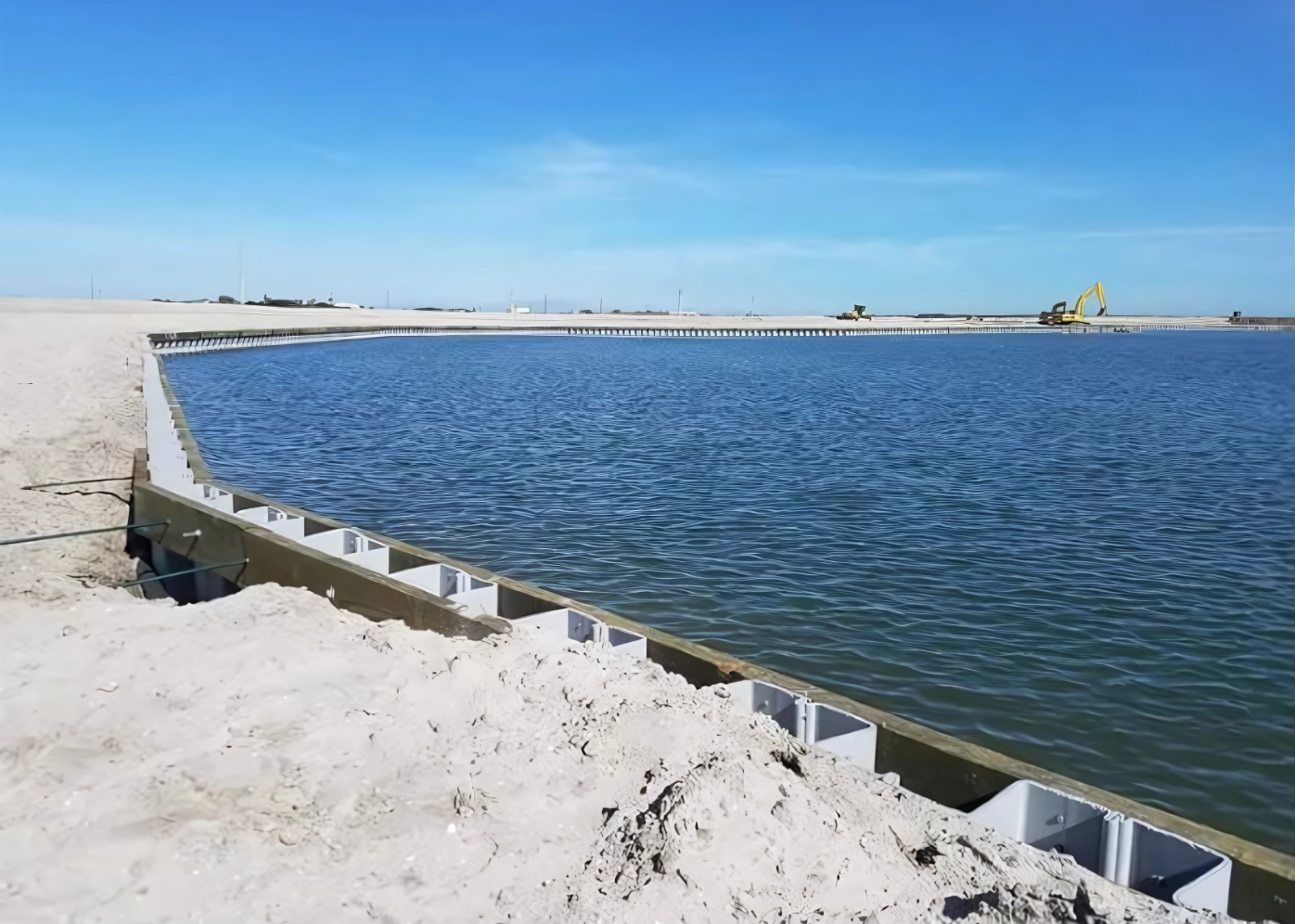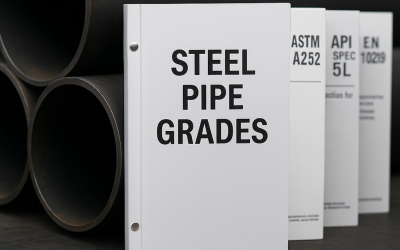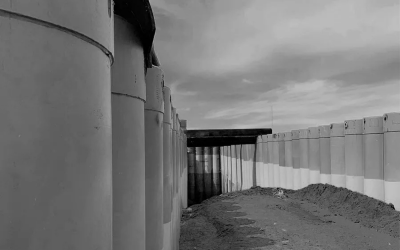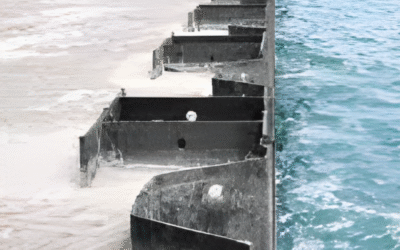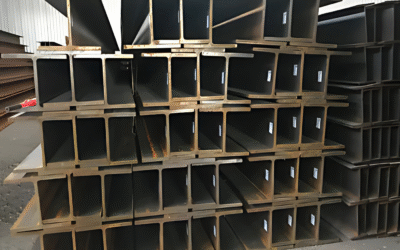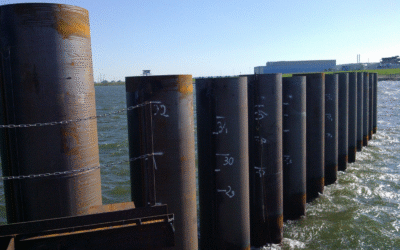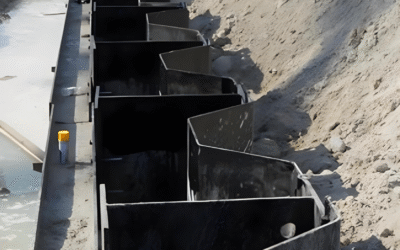Vinyl bulkheads have become a preferred solution for waterfront property owners, engineers, and marine contractors seeking durable, low-maintenance protection against shoreline erosion, wave impact, and fluctuating water levels. More than just structural barriers, modern vinyl bulkhead materials offer a combination of strength, stability, and visual appeal—without the high upkeep of wood or the corrosion risks associated with steel sheet piles.
This guide outlines the core elements of vinyl bulkhead design, its real-world performance, and how to ensure regulatory compliance while maintaining aesthetic integrity.
What Is a Vinyl Bulkhead?
A vinyl bulkhead is a vertical wall structure composed of interlocking vinyl sheet piles, supported by horizontal wales, tieback systems, and a protective top cap. Unlike typical seawalls or retaining walls, vinyl bulkheads are specifically engineered for waterfront environments—resisting wave energy, soil movement, and hydrostatic pressure.
How It Differs:
- Seawalls are large, often concrete structures designed for high-energy coastlines.
- Retaining walls are primarily used inland to stabilise soil slopes.
- Vinyl bulkheads are ideal for moderate-energy zones where corrosion resistance, ease of installation, and customisation are priorities.
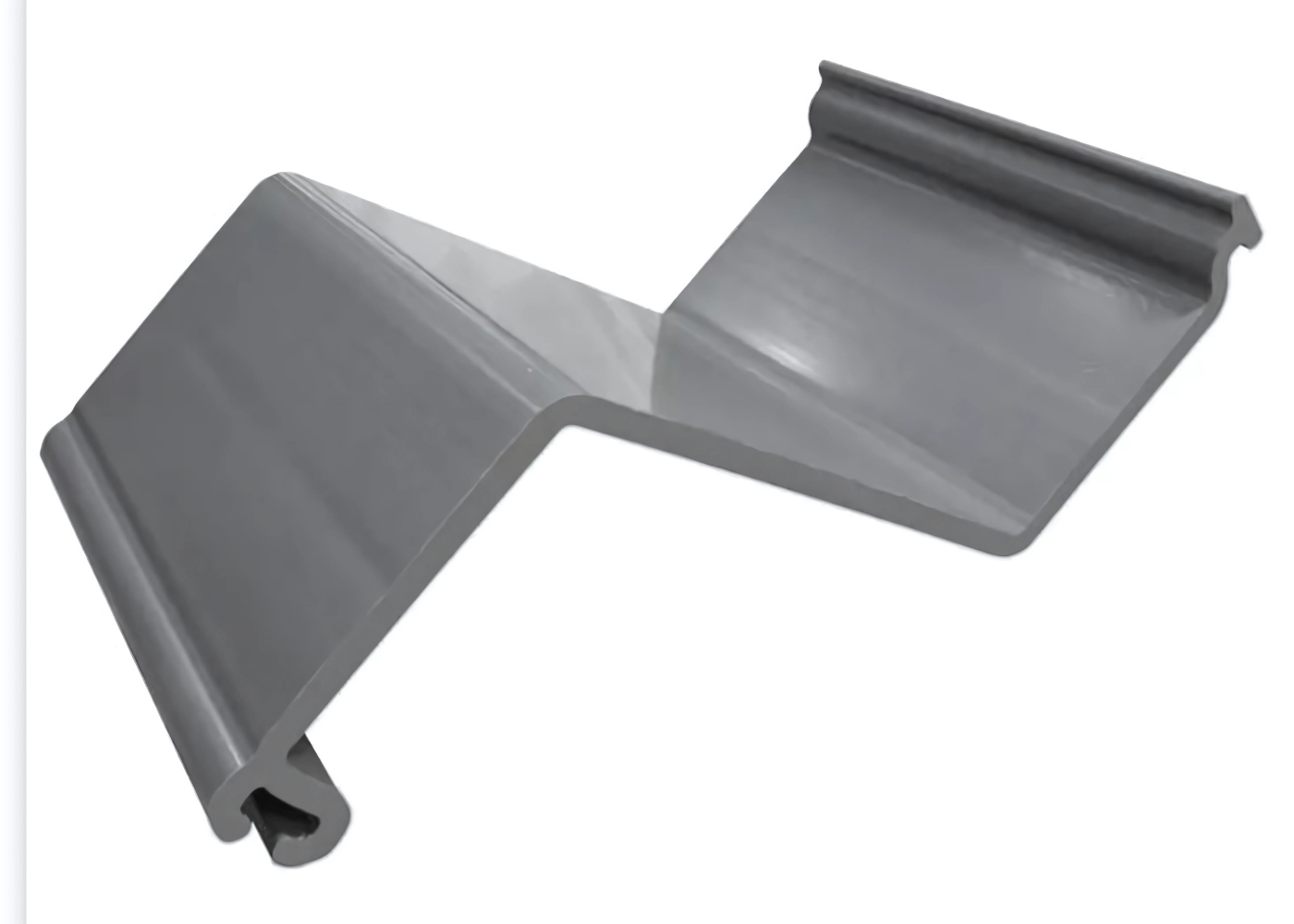
Vinyl Bulkhead Material and Structural Elements
A well-built vinyl bulkhead typically includes:
- Vinyl Sheet Piles – Interlocking vertical barriers made from corrosion-resistant profiles.
- Wales – Horizontal support beams (timber or composite) that distribute structural loads.
- Tie Rods – Anchoring components (e.g., all-thread or rebar) that resist soil pressure.
- Top Cap – A protective and aesthetic finish that often serves as a dock or walkway.
- Anchors – Subsurface resistance points ensuring wall stability under load.
Vinyl Bulkhead Design Considerations
Soil Conditions, Loads, and Environment
Effective bulkhead design requires a thorough assessment of:
- Soil type and compaction
- Hydrostatic and live loads (vehicles, structures)
- Water level fluctuations and seasonal ground shifts
Vinyl pilings offer flexibility under stress, absorbing environmental forces without cracking or corroding.
Embedment and Structural Stability
Design recommendations typically include:
- Embedment depth of 1/3 to 1/2 of the total pile length, adjusted for scour depth and wave action
- Heavier profiles for dense or unstable soils
- Proper tieback and wale layout to resist bending or overturning forces
In more demanding environments, steel sheet piles may be used—but vinyl remains the preferred option due to its ease of use and chemical resistance.
Installation Process: Equipment and Methods
Vinyl sheet piles are lighter than steel and easier to install using a variety of equipment:
- Vibratory Hammer – Effective in sandy or soft soils
- Plate Compactor attached to Backhoe – Suitable for small-scale or residential installs
- Hydraulic Hammer or Pile Hammers – Used for denser soils or when installing heavier profiles
- Pile Driver Rigs – Ideal for commercial or industrial-scale applications
Compared to steel piling, installing vinyl sheet pilings is more cost-effective due to their lower weight, which reduces labour and machinery costs.
Engineering for Longevity
Modern vinyl bulkheads are designed for decades of performance:
- Durable Profiles – Resistant to cracking, UV degradation, marine borers, and rot
- Modular Design – Allows for easy repair or section replacement
- Service Life – Ranges from 40 to 75 years, depending on environmental conditions
Seamless Aesthetic Integration
Vinyl bulkheads enhance the appearance of waterfront properties while providing structural benefits:
- Colour Options – Neutral tones (grey, tan, brown) for natural or built environments
- Decking Integration – Easily paired with wood, composite, or concrete caps
- Landscaping Transitions – Compatible with softscapes, docks, boat ramps, and piers
Regulatory and Environmental Compliance
Before construction, confirm:
- Permit Requirements – From coastal authorities and local planning departments
- Environmental Impact – Vinyl is inert, non-leaching, and recyclable—unlike wood preservatives or coated steel
- Erosion Standards – Verify that your system meets flood mitigation and shoreline stabilisation regulations
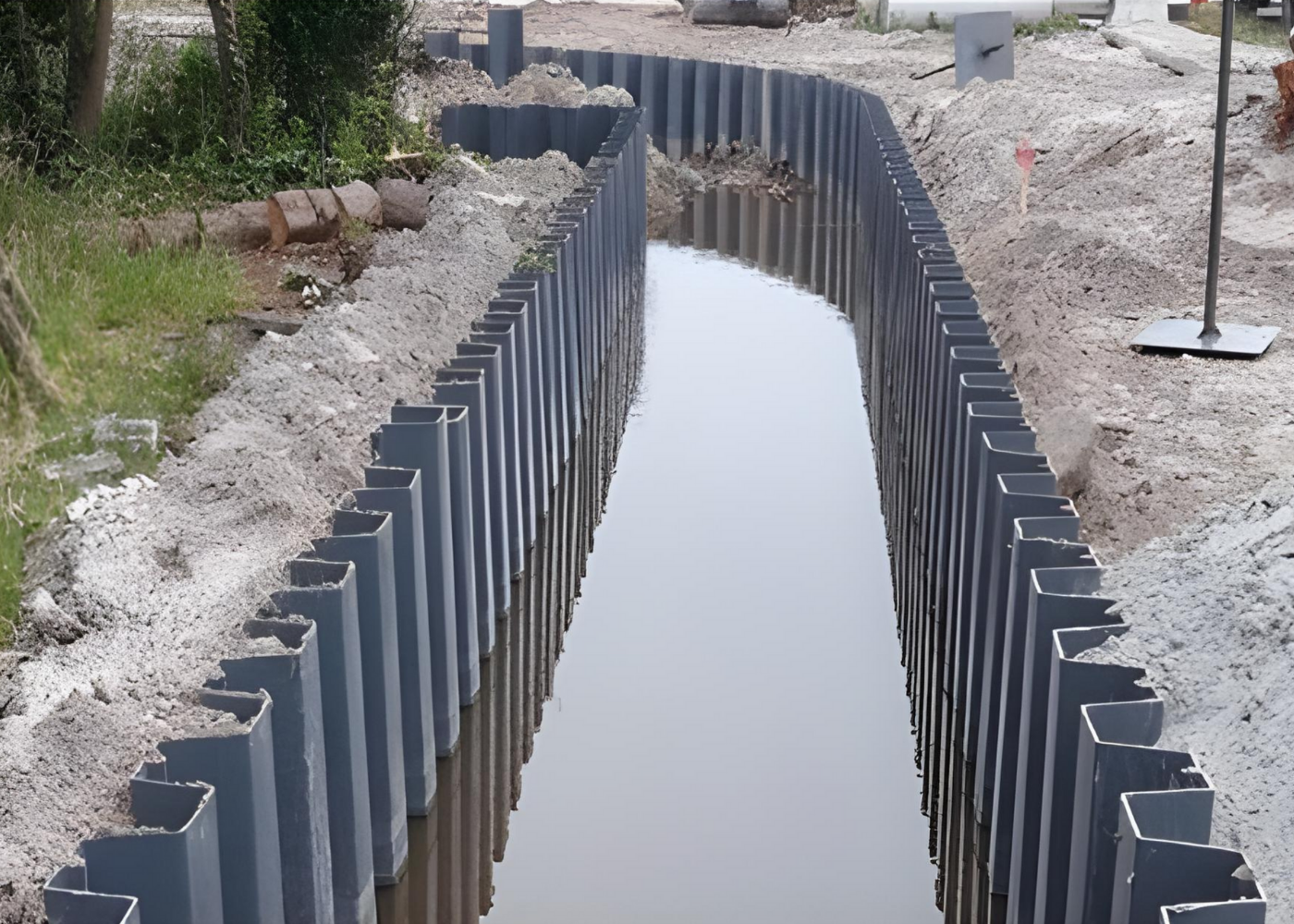
Real-World Applications
Vinyl bulkheads are used across both private and commercial sectors:
- Residential Docks – Visually cohesive, low-maintenance solutions
- Commercial Marinas – Heavy-duty protection for infrastructure and mooring areas
- Flood Zones – Vertical barriers for storm surge defence and erosion prevention
Conclusion
A well-designed vinyl bulkhead is more than a barrier—it’s a long-term investment in coastal stability, visual appeal, and environmental responsibility. With corrosion-resistant profiles, simplified installation, and minimal maintenance, vinyl is among the most effective materials for marine construction available today.
Whether you’re building a new dock, reinforcing a shoreline, or upgrading ageing structures, vinyl pilings offer the flexibility, durability, and value to meet modern shoreline challenges.
Related Products from Aema Steel
- PVC Vinyl Sheet Piles
- Hot Rolled U Type Sheet Piles
- Hot Rolled Z Type Sheet Piles
- Steel Pipe Piles
- Welded H Piles
Contact us today to receive a tailored offer for your upcoming project.

